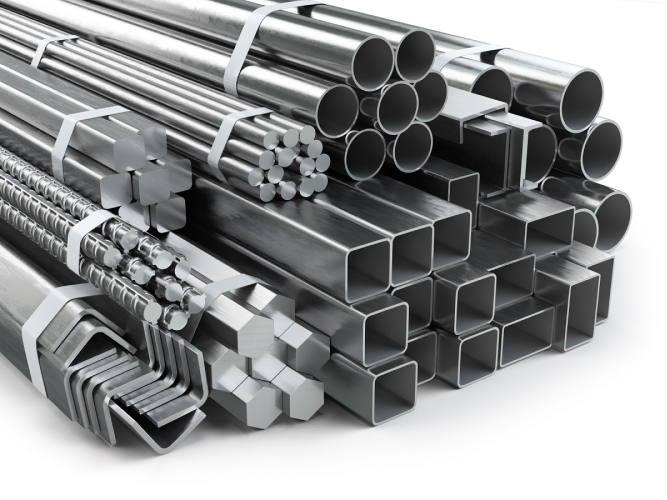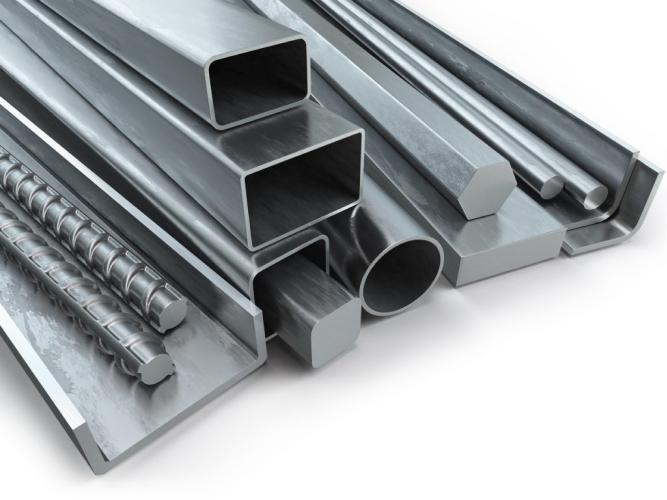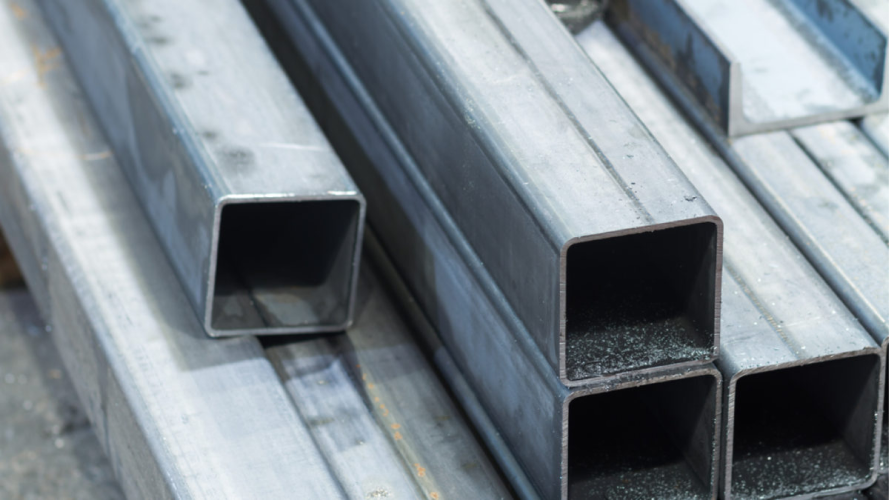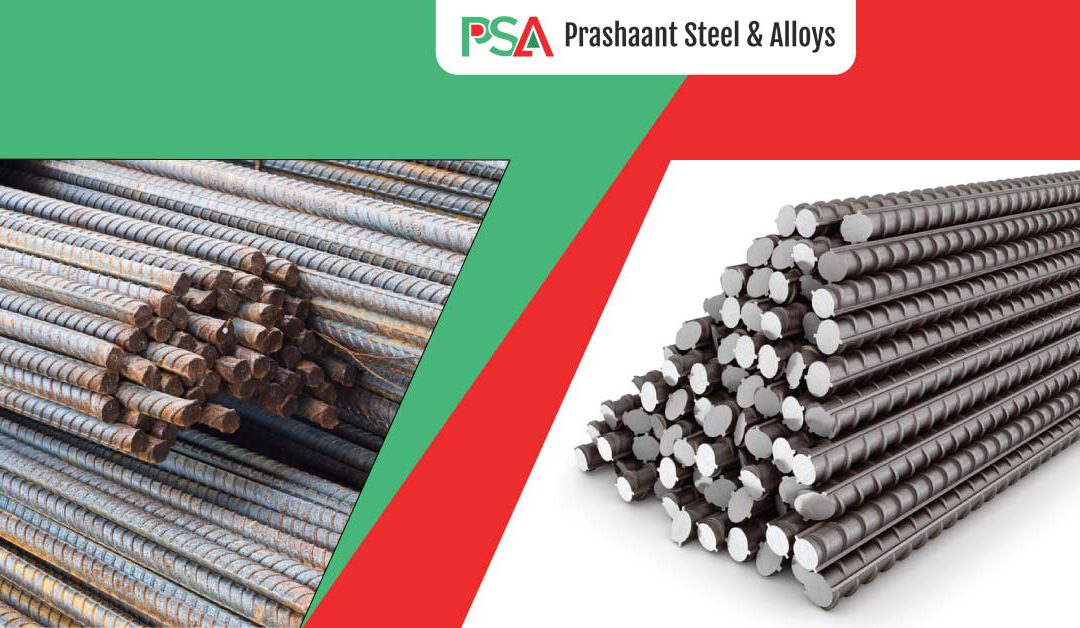Steel is one of the largest industries in the world and is produced by combining iron with other metals and non-metal elements. The purpose of this combination to manufacture steel is to obtain different chemical properties for specific applications. During material selection for steel CNC machining, various properties of alloy steel vs carbon steel for a suitable material selection should be considered. Alloy steel and carbon steel are the two types of steel. Understanding alloy steel and carbon steel differences give us the ability to utilize them accordingly in our respective industry to get benefits from them.
Selecting steel for the manufacturing of CNC machined parts and components is a big challenge. In this article, we will discuss alloy vs carbon steel differences and their types, applications, alloying elements, and properties. This will help you to judge the best steel for your project and get the finest parts and products.
What Is Alloy Steel?

Alloy steel is mixed with a number of alloying elements such as silicon, chromium, molybdenum, boron, vanadium, nickel, aluminum, etc. These alloying elements increase the strength, toughness, hardness, and wear resistance of the alloy steel. Some of the alloying elements and their effects are shown below.
- Cobalt: Improves hardness, Increases wear resistance and toughness.
- Manganese: Strengthens surface hardness, hammering, and shocks, enhances resistance to strain
- Chromium: Improves toughness and wear resistance, and increases hardness.
- Molybdenum: Increases resistance to heat and shock, and improves strength.
- Nickel: Enhances strength and toughness, and increases corrosion resistance.
- Vanadium: Improves strength, enhances sock and corrosion resistance, grows toughness
- Tungsten: Improves strength and toughness, enhances corrosion resistance
- Chromium-Vanadium: Greatly enhanced tensile strength which makes alloy hard but easy to bend and cut.
Types of Alloy Steel
Alloy steel is the combination of steel with a number of elements to get unique characteristics and properties. It has two types based on the weight of elements used to form the alloy steel that ranges from 1% to 50%. The flowing will mention two groups of alloy steel.
- High-Alloy Steel: It has a high percentage of alloying elements. The most common type of high alloy steel is stainless steel which contains up to 12% of chromium. Chromium makes a thin oxide layer outside of the steel which is known as the latent layer. The big number of chromium provides extended protection from erosion. This type of alloy is a little more costly than low-alloy steel. Thus, it is mainly used in automobiles and industrial equipment.
- Low-Alloy Steel: It has a lower percentage of alloying elements ranging from 1 to 5 percent. This steel has different strengths and applications depending on the alloy used. Besides, large-diameter flanges use this type of alloy to get specific mechanical properties. Consequently, low alloy steel is useful for a variety of projects in a vast number of industries such as studding outlet production and seamless rolled ring forging.
Applications of Alloy Steel
Alloy steel is used in a number of industrial sectors and it helps manufacture hundreds of products. Their extreme strength, hardness, toughness, and machinability make them the most demanding material for many industries. Consequently, alloy steel is ideal for structural components, automotive, mining, machinery, railway, and many other industries.

Alloy steel is used in a number of industrial sectors and it helps manufacture hundreds of products. Their extreme strength, hardness, toughness, and machinability make them the most demanding material for many industries. Consequently, alloy steel is ideal for structural components, automotive, mining, machinery, railway, and many other industries.
- Construction Industry
- Aerospace Industry
- Mining Industry
What Is Carbon Steel?
Carbon steel is a common type of steel. To define carbon steel in simple words, it is an alloy of iron and carbon. As its name suggests, carbon steel has higher carbon content with a lower melting point and greater durability as compared to stainless steel. Carbon steel is the most important group of engineering alloys and they account for the majority of the steel applications depending upon processes.
Types of Carbon Steel
The types of carbon steel are ordered and categorized by the carbon content it contains. Then, let’s have a look at some of the types of carbon steel and their characteristics that make them desirable in specific applications.
- Low-carbon steel: It is the most common and widely used form of carbon steel. It contains less than 0.25% carbon content. Low carbon steel is generally weaker and softer and also easily welded and ductile which makes them useful in machining and welding for a low cost.
- Medium-Carbon-Steel: With carbon content ranging from 0.25% to 0.6% and manganese content from 0.6% to 1.65%, the mechanical properties of these metals can be improved through heat treatment. Medium carbon steel is stronger but less ductile and tough than lower carbon steel.
- High Carbon Steel: This type of carbon steel is the hardest and toughest, with high wear resistance, low ductility, and always hardened and tempered. Additionally, their carbon and manganese content range is 0.6-1.25% and 0.3-0.9% respectively.
Applications of Carbon Steel

Due to carbon steel’s high versatility, it has a number of applications and is employed in a wide range of industries, especially in the petrochemical and oil & gas sector. We have gathered some applications of carbon steel in different industries to elaborate its vast usage in today’s market, such as
- Shipbuilding
- Pipes and Pressure Vessels
- Construction


Recent Comments